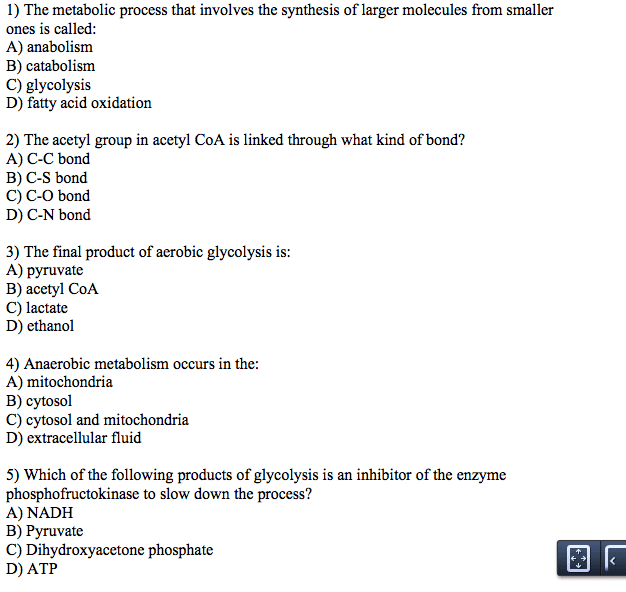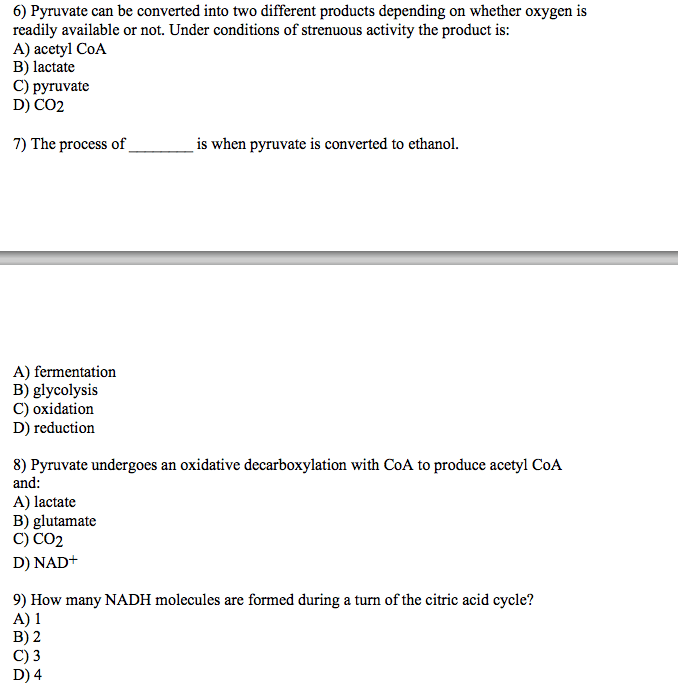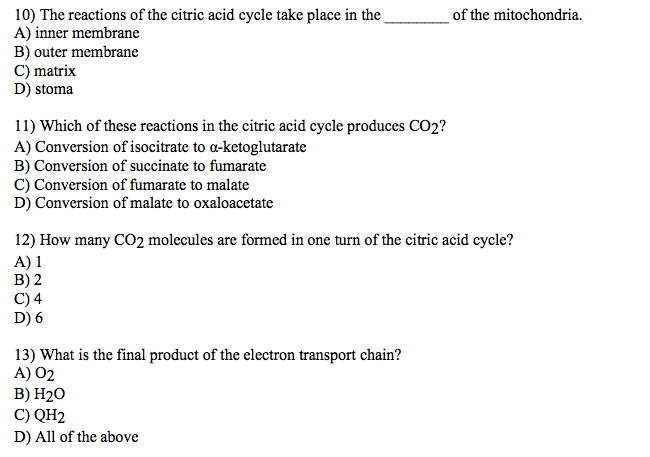CHE 211 Study Guide - Final Guide: Decarboxylation, High-Protein Diet, Pyruvic Acid

Organic Chemistry 2: Fatty Acid Metabolism
Ketone Bodies
► Result of excess acetyl-CoA fro β-oxidation
► In order for the acetyl CoA produced by B-oxidation of fatty acids to efficiently enter the
citric acid cycle and NOT accumulate in the liver, there must be an adequate supply of
oxaloacetate (produced in carbohydrate metabolism)
► Whe glolsis ad β-oxidation occur at the same rate, there will be enough pyruvate
from glycolysis that is converted to oxaloacetate (a steady supply of pyruvate to convert
to oxaloacetate)
► What happened if the supply of oxaloacetate is too low to allow all the acetyl CoA to
enter the citric acid cycle:
o Under these conditions, Acetyl CoA is converted to ketone bodies:
• β-hydroxybutyrate
• Aetoe
• Aetoaetate
Ketosis
Ketosis is a condition with abnormally high levels of blood ketone bodies
Arises under some pathological conditions
▪ Starvation
▪ Extremely low in carbohydrates – high protein diet
▪ Uncontrolled diabetes mellitus (disease characterized by glucose in the urine
and is used by the inability to produce the hormone insulin)
Uncontrolled diabetics can have a very high concentration of ketone acids in the blood
θ Ketoacidosis (lower the pH of the blood, especially in those individuals who
suffer from diabetes)
θ Ketone acids are relatively strong acids that readily dissociate to release H+
θ Blood pH then becomes acidic which can lead to death
θ Ketoaidosis a iterfere ith the lood’s ailit to trasport oge ad lead
breathing difficulties and even death
find more resources at oneclass.com
find more resources at oneclass.com
Document Summary
In order for the acetyl coa produced by b-oxidation of fatty acids to efficiently enter the citric acid cycle and not accumulate in the liver, there must be an adequate supply of oxaloacetate (produced in carbohydrate metabolism) Whe(cid:374) gl(cid:455)(cid:272)ol(cid:455)sis a(cid:374)d -oxidation occur at the same rate, there will be enough pyruvate from glycolysis that is converted to oxaloacetate (a steady supply of pyruvate to convert to oxaloacetate) What happened if the supply of oxaloacetate is too low to allow all the acetyl coa to enter the citric acid cycle: under these conditions, acetyl coa is converted to ketone bodies, -hydroxybutyrate, a(cid:272)eto(cid:374)e, a(cid:272)etoa(cid:272)etate. Ketosis is a condition with abnormally high levels of blood ketone bodies. Arises under some pathological conditions: starvation, extremely low in carbohydrates high protein diet, uncontrolled diabetes mellitus (disease characterized by glucose in the urine and is used by the inability to produce the hormone insulin)



